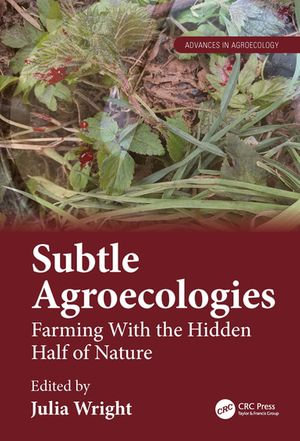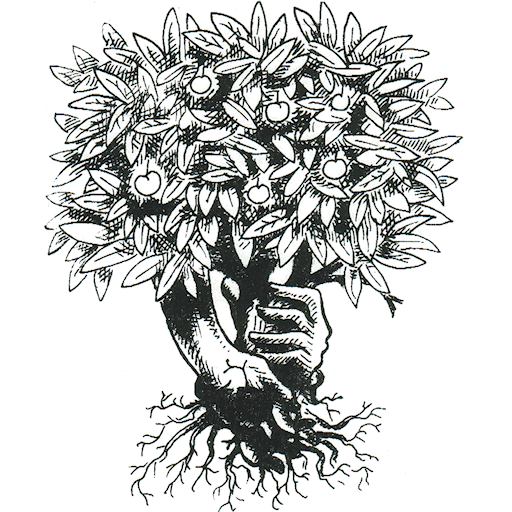Subtle Agroecology is a new term, created by the editor of a recent book on the subject, Julia Wright, an expert in agroecology at Coventry University. SA is “the systematic study of the invisible world as it relates to agriculture”, and is highly relevant in these times when we urgently need to renew soils, cut down chemical inputs, and sustain yields.

The book is called Subtle Agroecologies, subtitled Farming with the Hidden Half of Nature. If we take this as a showcase for the field of Subtle Agroecology, it’s clear that SA includes a remarkably diverse range of approaches, many of them mind-blowing in their technology or esoteric metaphysics.
This book is a well-organised, edited collection of 28 chapters, by writers from across the world. These include indigenous wisdom, such as conversing with the spirits of the land, with a vivid case history from Zimbabwe. There are also several chapters from what might be called the edge of science: showing how electromagnetic signals, sound waves, radionics and other methods can improve germination, soil health and more.
The edge of science chapters are frankly over my head: what’s tantalising about them is that their successful outcomes are largely anecdotal. I really believe various SA methods could help mainstream UK farmers towards regenerative agriculture, but to do so, pilot trials in the UK and validated independent assessment would be needed. It is notable that most of these technologies have been pioneered elsewhere, e.g. the Netherlands, France, Brazil, Cuba.
For those who long for a deeper, holistic dialogue between people and Nature, several chapters offer encouraging examples of this at a practical level: for example through ritual, also systemic constellations, and Goethean observation, where a person unifies their consciousness with a plant. Eline Kieft describes ways to “educate the body to perceive intangible aspects of the natural world” through nature immersion, ceremony, lucid dreaming and shamanic methods. She comments on overlaps between ancient cosmologies and quantum physics, and this is a thread which pops up several times through the book.
Two of the most encouraging chapters are by Patrick MacManaway, who is a land whisperer, and Michael Roads, who as a farmer learned to listen deeply to guidance from his animals. They are both paid to advise commercial-scale farmers, with impressive results for ecological regeneration as well as outputs.
One of the most remarkable of the case histories is an apple grower who attended Patrick’s land whispering workshop for farmers: “She learned to use telepathy, dowsing and muscle testing to communicate daily with her trees, to establish how best to serve their needs… she raised with them the issue that supermarket specifications required her to harvest the apples in a small and specific size range…” At the next workshop she reported that “the whole orchard had matured to harvest at uniform size… and that only one picking had been required.” This is the kind of mutual service we need!
Subtle Agroecologies is laid out as an academic book, with statistical evidence and references, so it’s expensive, and sometimes technically dense. However, the whole book is being made available as open source material, see this link.
I have used some subtle agroecology methods when helping set up an organic farm in the 1990s (biodynamic approaches), and more recently, vegetable gardening at home. The Perelandra Garden Workbooks have been an inspiration and practical guide to working with nature spirits in our garden, and I recommend adding them to your exploration of SA.
This book opens a lot of exciting possibilities, and I hope that a number of them become widely adopted in future. That process is likely to take a while, and as first steps, I am discussing with Julia creating a dedicated SA website, and encouraging her to help set up an informal network to take this forward. It’s encouraging that Julia was given a slot to present SA at this year’s Oxford Real Farming Conference. Now, all this needs more capacity, for example UK pilot research and assessments. Do contact her via Coventry University or LinkedIn if you could help.
